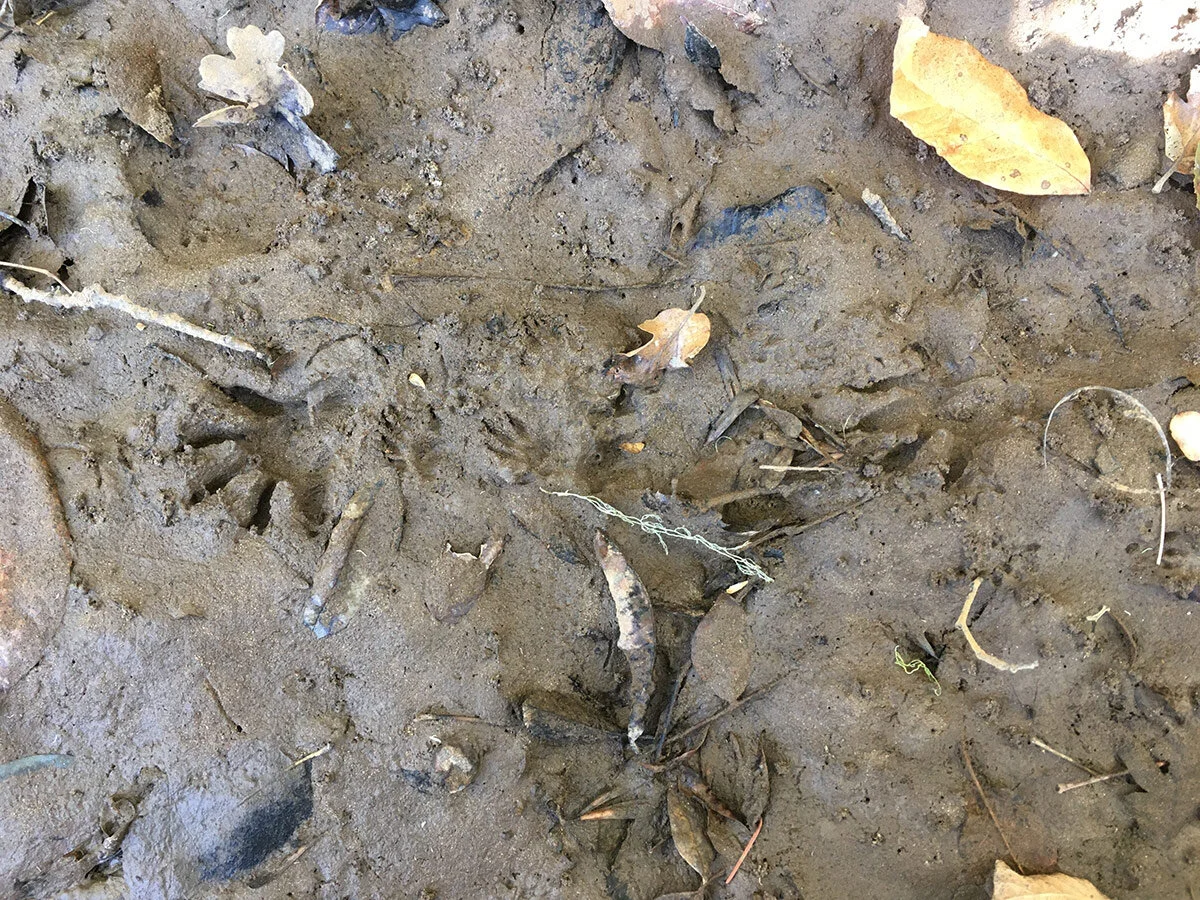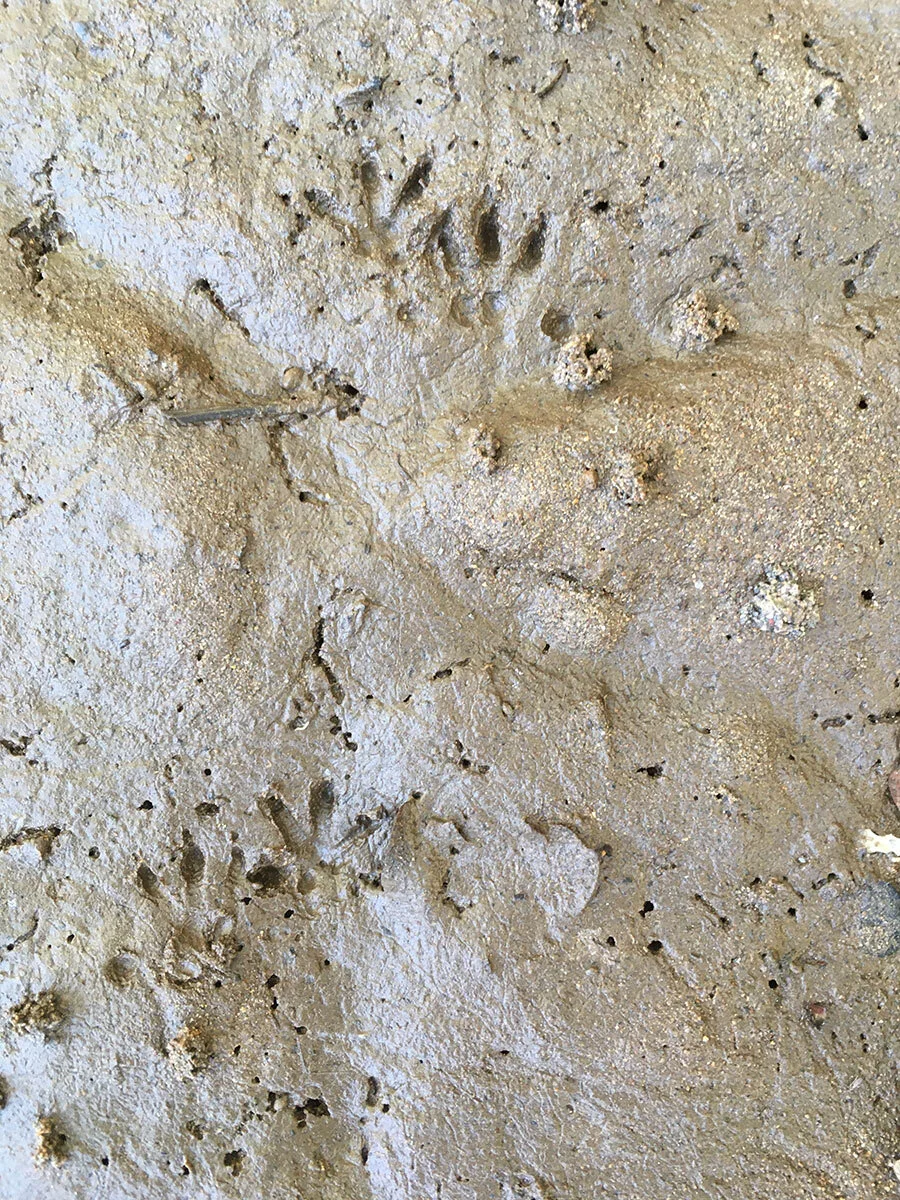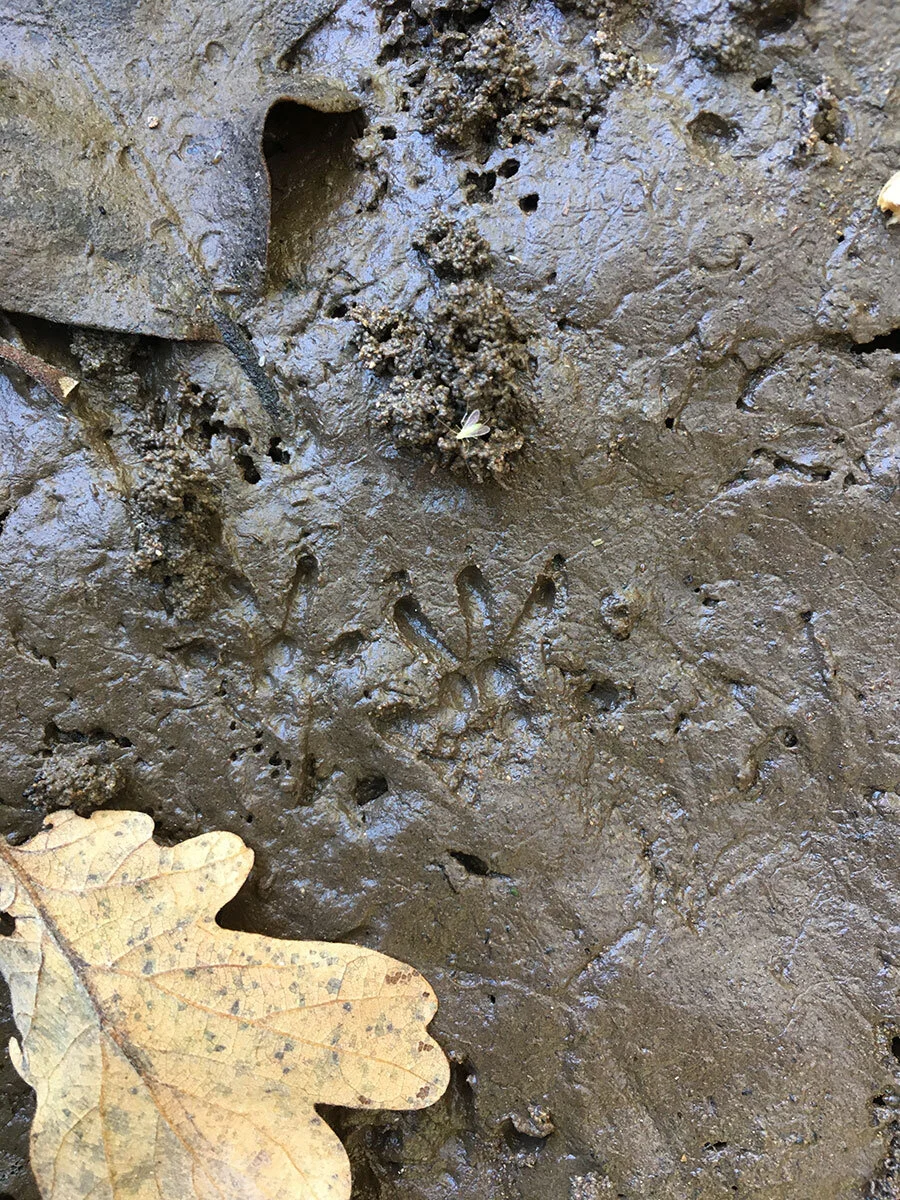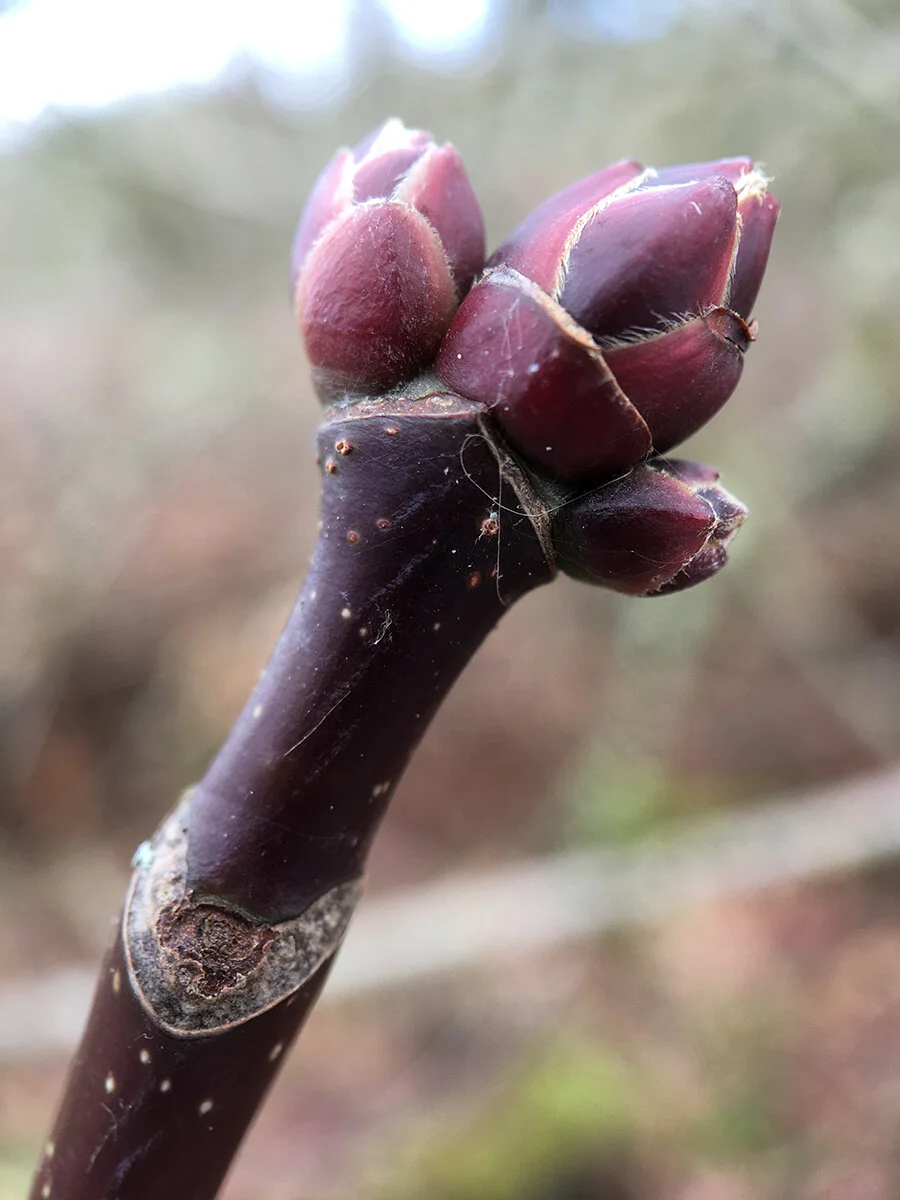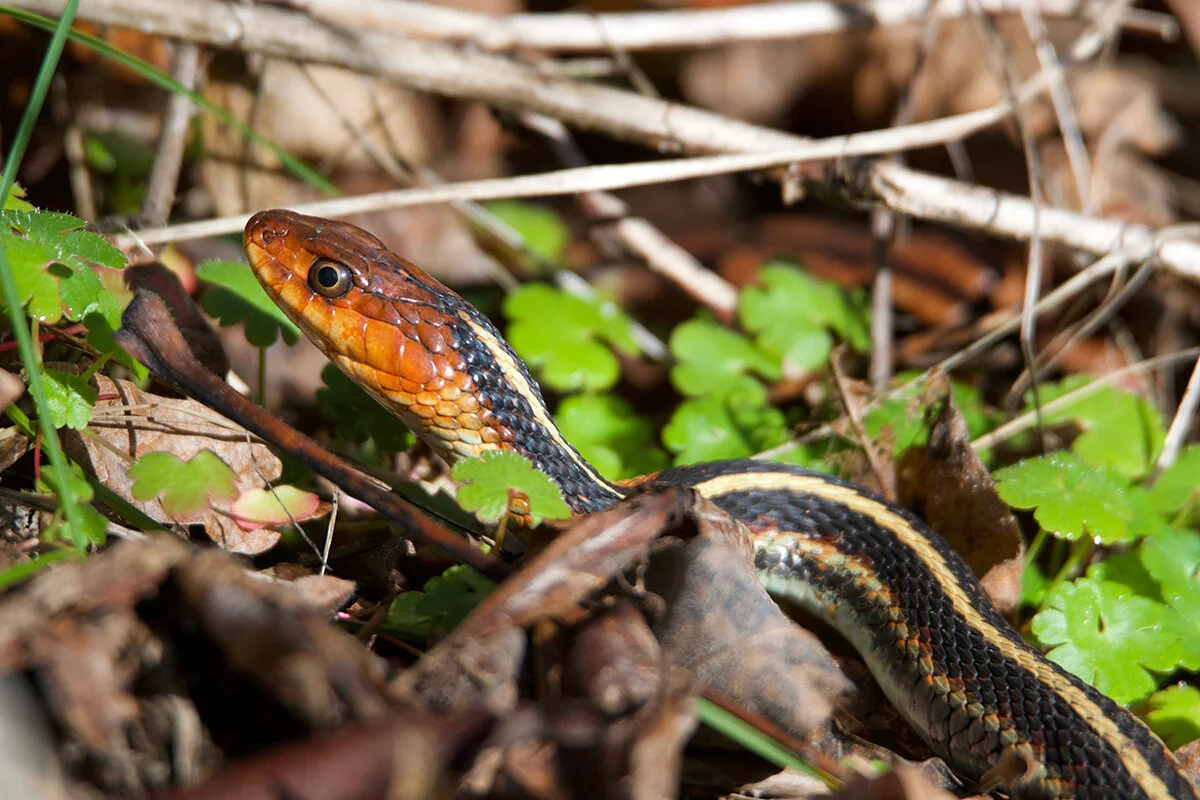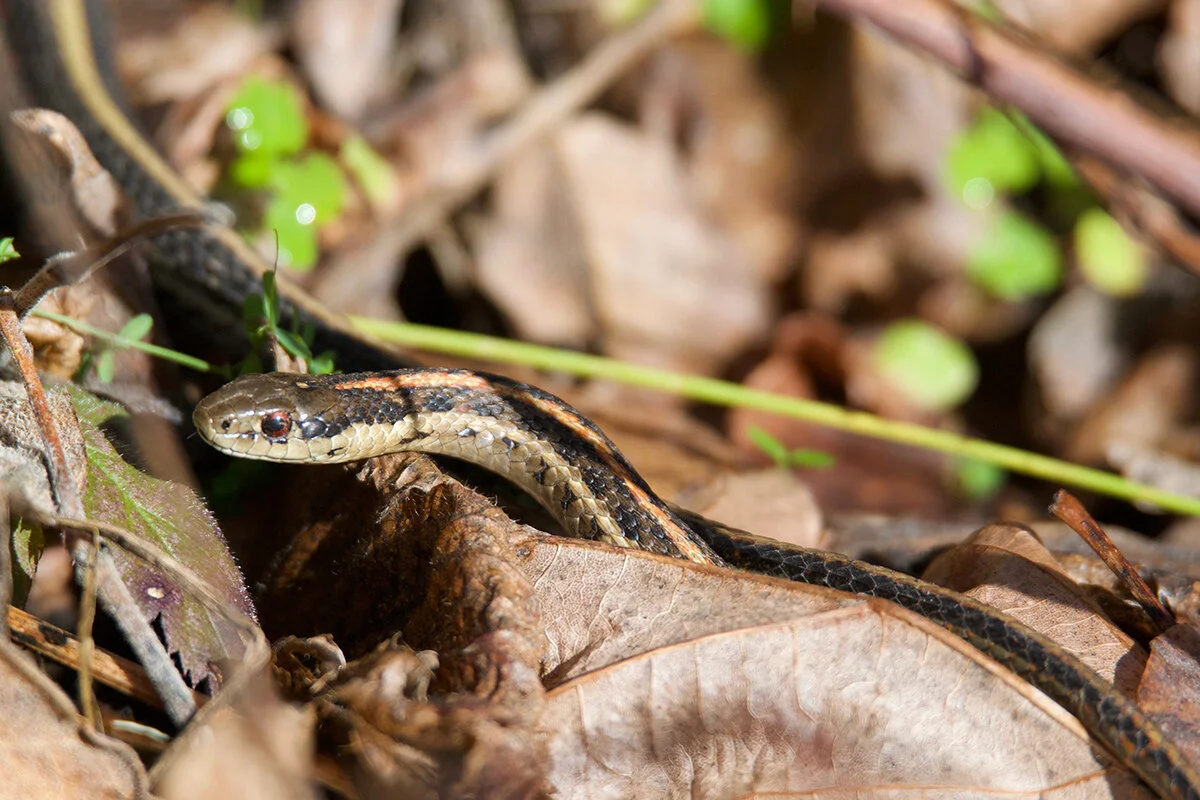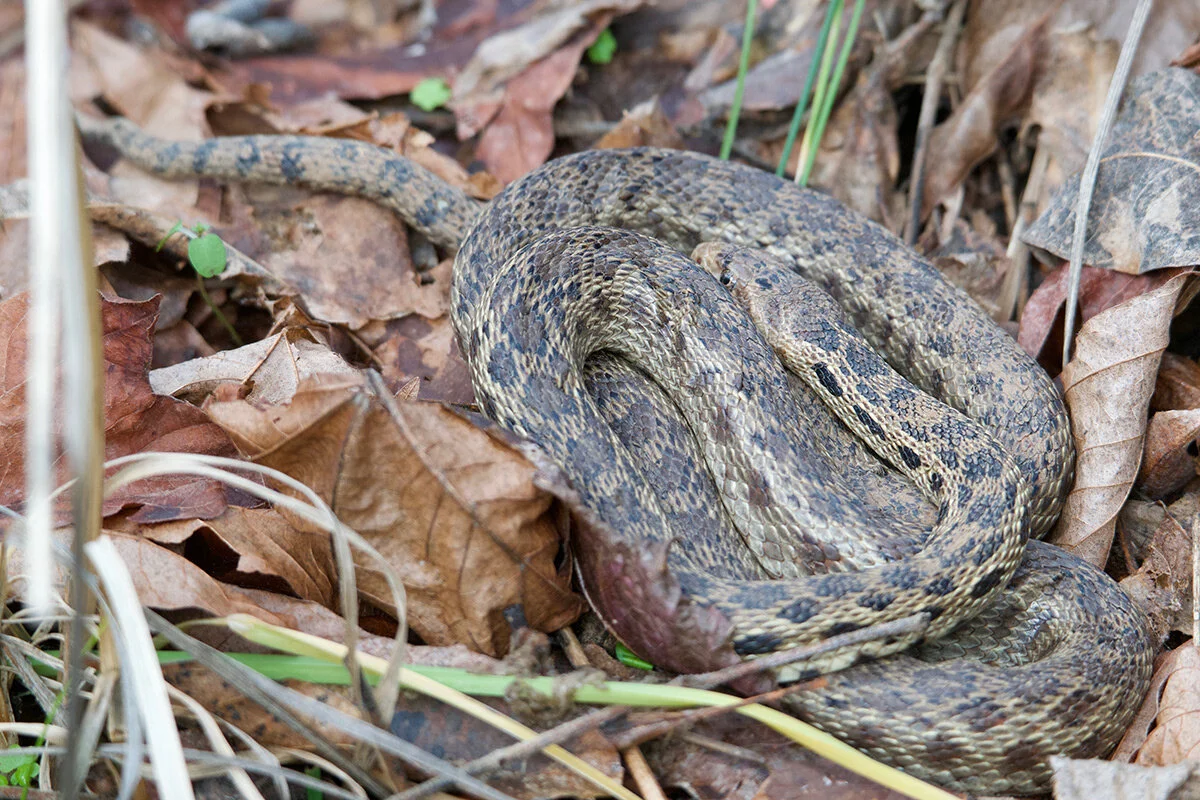I noticed something falling from a tree. I looked up to find this squirrel busily opening the samaras of a bigleaf maple and eating the seeds. I was amazed at its ability to balance on such a small branch as it ate. It sat there so effortlessly, even though apparently it was only gripping the limb with its toes. Its tail was an integral part of the high-wire act. At this moment, it tucked its tail forward to act as a counterbalance. For awhile I continued to watch its arboreal performance as it climbed around and fearlessly navigated its way throughout the tree. It was at home up there.
I opened the end of one of the wings to examine its contents. The seed had a thin, brown skin that encased what appeared to be a bundle of tender, green leaves.










































